Career Overview
Medical laboratory technicians and workers in related technical occupations perform pre-analysis and pre-testing tasks such as collecting blood and other samples, processing specimens, and preparing special chemicals for use in testing.
- Conduct routine medical laboratory tests
- Set up, clean and maintain medical laboratory equipment
- Work for medical laboratories in hospitals, clinics, research facilities, post-secondary educational institutions and government research laboratories
Duties
Medical laboratory assistants perform some or all of the following duties:
- Collect blood or other samples from patients
- Log patient samples and prepare them for testing
- Set up medical laboratory equipment
- Prepare special chemical to be combined with biological samples for testing
- Conduct routine laboratory tests and sample analyses
- Perform quality assurance of testing techniques
- Clean and maintain medical laboratory and medical laboratory equipment
Earnings
Earnings is income that workers receive in exchange for their labour. Depending on the type of employment, earnings can be in the form of wages (hourly), salaries (fixed monthly or annual) or self-employed earnings.
Work Environment
# Workers Employed
3,585% Employed Full Time
53%Most medical laboratory assistants work 35–40 hours per week. Those working in hospitals often rotate shifts to work on weekends and holidays. Some on-call work may also be required to cover emergencies.
Workers in this occupational group generally work in clean, bright and well-ventilated medical laboratories, clinics or offices in hospitals. During their workday, they may perform a variety of tests or they may repeat the same tests throughout the day. They use solutions and reagents for their work, which may cause unpleasant odours. These workers may also have to work with infectious patients, samples or hazardous chemicals, so safety precautions are taken to avoid those risks.
Career Pathways
Graduates may work in a number of different settings, such as private laboratories, community health clinics, public health facilities, university research labs, biotechnology companies and specialty labs.
With additional education, training and experience, workers may progress to supervisory or technologist positions.
Related Careers
Occupational Interests
It’s important to understand what kinds of occupations align with your interests.
For more about occupational interests visit Skills for the Future Workforce > Characteristics.
Here are the top occupational interest(s) for this career profile:
Job Titles
Education, Training and Skills
In B.C., medical laboratory assistants must be graduates of British Columbia Society of Laboratory Science (BCSLS) approved Medical Laboratory Assistant training programs.
Completion of these programs can lead to certification by the BCSLS. This certification is voluntary and is not currently required, however, certification may be preferred by employers. A list of the BCSLS approved Medical Laboratory Assistant training programs can be found at www.bcsls.net.
In B.C., medical laboratory assistants are also trained to do ECGs. This is unique to B.C. and workers do not perform this task in other provinces in Canada. Therefore, it is important to note that national certification does not include doing ECGs and that graduates from other provinces will require additional training to carry out this task. National certification is offered by the Canadian Society for Medical Laboratory Science, which is widely recognized across Canada.
Education programs in B.C.
The following program areas are related to this occupation:
- Diagnostic Technology & Related
- Medical Laboratory Related

Skills
Every job calls for a certain set of skills. Knowing those skills is the first step in finding a good career fit.
Here, you will find the 10 most relevant workplace skills. Some are more important to achieving success in a certain career than others. These skills may come naturally to you or you may need to gain them through education, training and experience.
See the list of work-related skills below, ranked in order of importance for this career. Check out the list and see if this career matches your skills—take that first step!
Giving full attention to what other people are saying, taking time to understand the points being made, asking questions as appropriate, and not interrupting at inappropriate times.
Talking to others to share information effectively.
Using logic and reasoning to identify the strengths and weaknesses of alternative solutions, conclusions or approaches to problems.
Understanding written sentences and paragraphs in work-related documents.
Actively looking for ways to help people.
Being aware of others’ reactions and understanding why they react as they do.
Keeping track of and assessing your performance, other individuals, or organizations to make improvements or take corrective action.
Communicating effectively in writing as appropriate for the needs of the audience.
Adjusting actions in relation to others' actions.
Teaching others how to do something.
Labour Market Statistics
Discover data, facts and information that have been gathered and analyzed. Learn about the characteristics of the economy and labour market in B.C.
Employment
Find out about employment types and trends by region and industry.
Employment
3,585Employment by Region
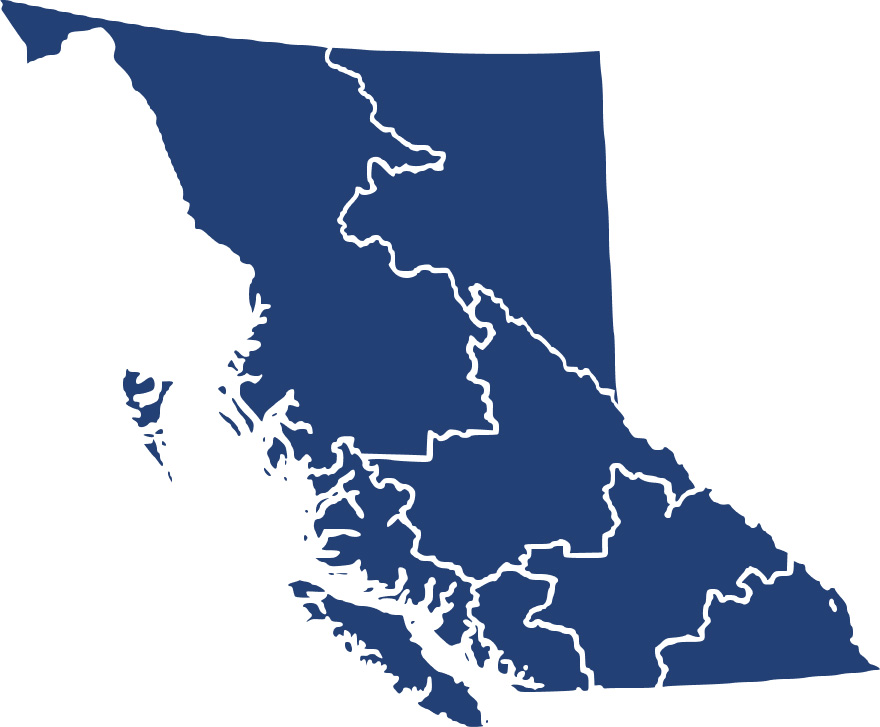
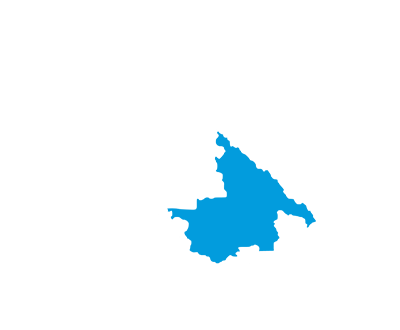
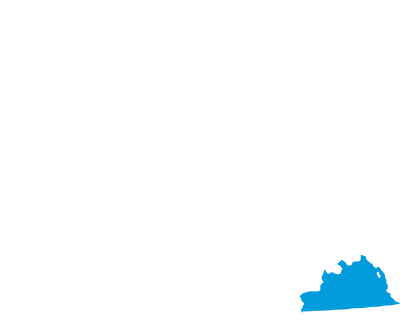
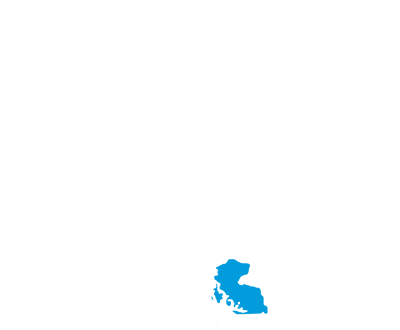
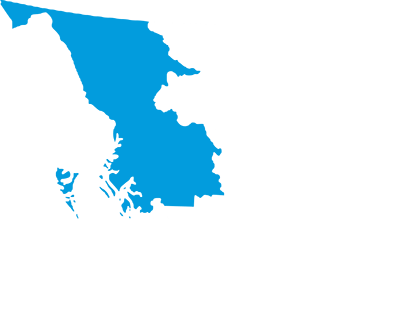

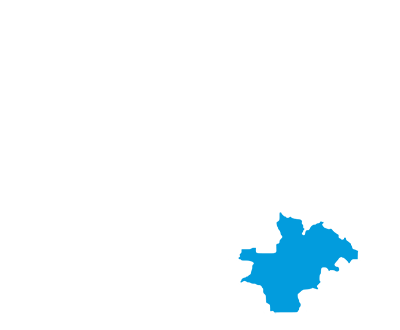








| Region | Employment | % Employment of this Occupation |
|---|---|---|
| Cariboo | 125 | 3.5% |
| Kootenay | 90 | 2.5% |
| Mainland/Southwest | 2,285 | 63.7% |
| North Coast and Nechako | 55 | 1.5% |
| Northeast | 55 | 1.5% |
| Thompson-Okanagan | 360 | 10.0% |
| Vancouver Island/Coast | 615 | 17.2% |
Labour Market Outlook
The B.C. Labour Market Outlook is a 10-year forecast of the expected supply and demand for labour in the province. It’s usually updated every year. The purpose is to provide British Columbians with the knowledge to make informed decisions on careers, skills training, education and hiring.
Forecasted Job Openings (2023-2033)
1,620Forecasted Job Openings
Forecasted Employment Growth Rate
Composition of Job Openings
Job Openings by Region (2023-2033)















| Region | Job Openings | Avg. Annual Employment Growth |
|---|---|---|
| Cariboo | 60 | 0.5% |
| Kootenay | 40 | 1.2% |
| Mainland/Southwest | 1,060 | 1.9% |
| North Coast and Nechako | 20 | 0.7% |
| Northeast | 10 | -0.1% |
| Thompson-Okanagan | 160 | 1.6% |
| Vancouver Island/Coast | 280 | 1.5% |
Industry Highlights
Learn about the opportunities in B.C.'s major industries, including employment trends, earning potential, locations of work and more.
Forecasted Job Openings by Industry
| Industry | Job Openings (2023-2033) |
|---|---|
| Health Care And Social Assistance | 1,570 |
| Professional, Scientific And Technical Services | 30 |
| Educational Services | 10 |
| Retail Trade | 0 |
| Information, Culture And Recreation | 0 |
Insights from Industry
British Columbia's population is growing and aging, which is increasing the demand for health-care services and professionals. With a large number of workers expected to retire over the next few years, the need for medical laboratory assistants will increase.
Additional openings will also come available due to worker turnover. Many workers are attracted to this occupation as a step towards more skilled positions. For assistants who have taken specialized training, turnover rates are generally low.
The introduction of simplified tests for routine diagnoses allows doctors and, in some cases patients, to carry out some tests themselves. This has somewhat reduced the number of medical laboratory assistants needed to do the same volume of work. However, the development of new diagnostic tests that are now requested by physicians has balanced this effect and has increased job opportunities.
Resources
-
B.C. Ministry of Healthwww.gov.bc.ca/health/
-
BC Provincial Blood Coordinating Officewww.pbco.ca/
-
British Columbia Society of Laboratory Science (BCSLS)www.bcsls.net/
-
Canadian Blood Servicesblood.ca/
-
Canadian Blood Services – Job Seekersblood.ca/en/job-seekers
-
Canadian Medical Association (CMA)www.cma.ca/
-
Canadian Society for Medical Laboratory Science (CSMLS)www.csmls.org/
-
Fraser Healthwww.fraserhealth.ca/
-
Health Match BCwww.healthmatchbc.org/
-
Interior Health – Jobsjobs.interiorhealth.ca/
-
Island Healthwww.islandhealth.ca/
-
Northern Health – Careerscareers.northernhealth.ca/
-
Provincial Health Services Authoritywww.phsa.ca/
-
Vancouver Coastal Health (VCH)www.vch.ca/








